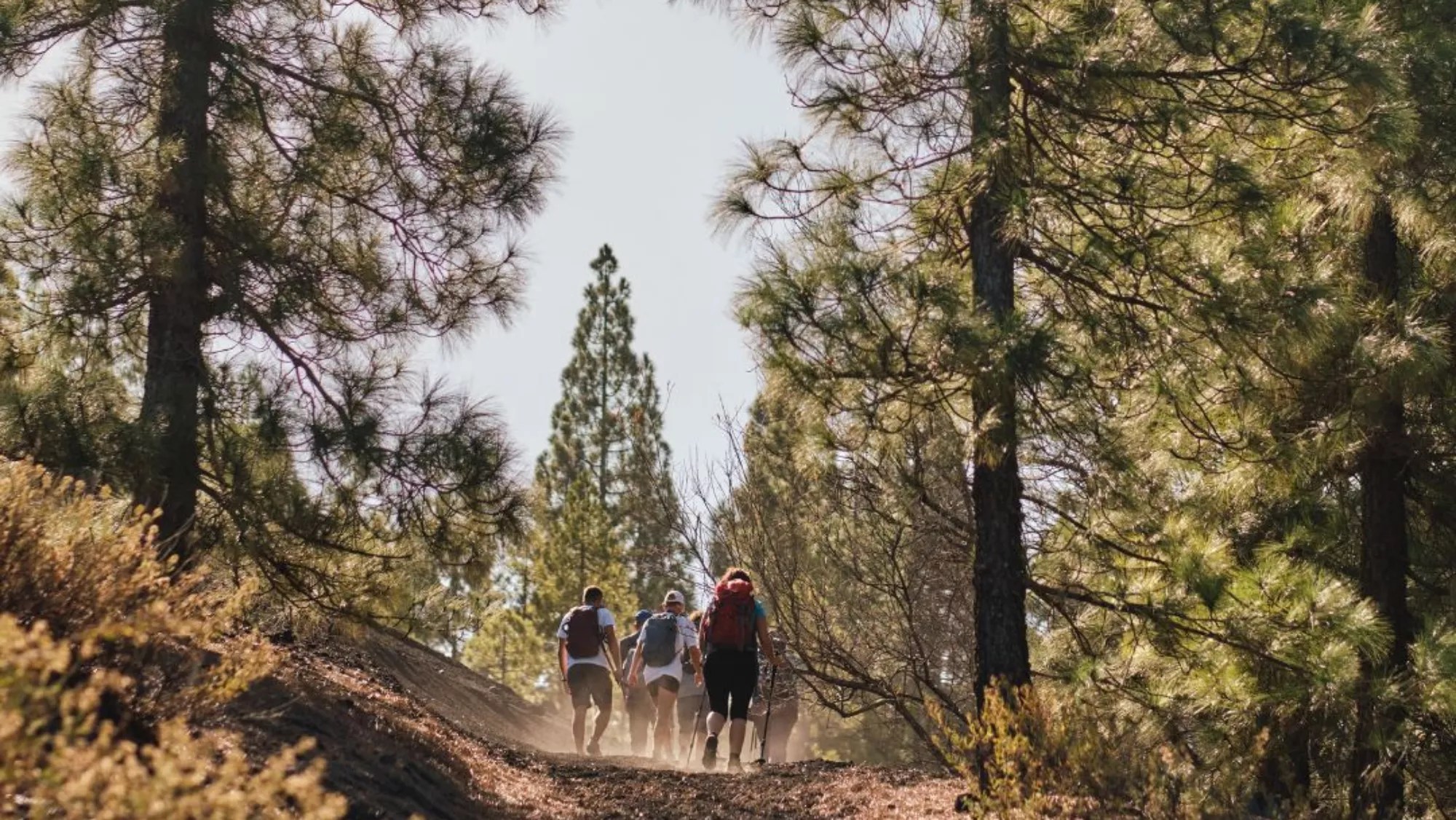At the summit of Tamboril beach, situated on the coast of Granadilla within the coastal hub of El Médano, an antiquated machine gun bunker, seamlessly merged into its surroundings, stands as a solitary sentinel overlooking the ocean. Its former purpose was solely to defend the shores of Tenerife against a potential British incursion. Nowadays, eight decades post-World War II, the visions of conflict that could have transpired along the Canarian coast appear almost fantastical. And as if history were playing with symbols, an unanticipated space has emerged adjacent to this fortification: a small vegetable patch that, conversely, radiates vitality.
“The bunker garden,” proclaims an improvised sign nearby. It is more than just a title; it serves as a declaration of pacifist irony. A poignant reminder that sites intended for defence and warfare can equally nurture flowers and cacti, suggesting that, in their struggle to thrive amidst rocks and parched soil, they challenge the cold, unyielding military edifice. Inside the structure, there is a room measuring no more than 4 square metres, now facing considerable erosion due to the passage of time.


OPERATION PILGRIM
The local populace is uncertain about who initiated this vegetable patch, yet the history surrounding such fortifications is well-documented. They were constructed in 1941, during a time when the Franco regime feared an invasion of the Islands. Winston Churchill, the British Prime Minister, devised the so-called Operation Pilgrim, which aimed at the occupation of the Canary Islands. Although this was a covert operation, the Spanish were not entirely unaware of the potential danger. In light of the anxiety regarding a possible invasion, hundreds of concrete bunkers were concealed in various locations across Tenerife to evade aerial detection. Today, remnants of that wartime era linger, largely forgotten throughout the island.
Currently, the stone structure of this bunker is harmoniously woven into the landscape. It is obscured by the surrounding rocks and the terrain, whilst the small garden bursts forth amidst the martial imagery, standing as a symbol of peace and life. This nameless monument signifies, without uttering a single word, the intertwining of two opposing realities: war and peace, death and life.
The bunker garden represents a living paradox. The sign rewrites history and eschews grandiose proclamations on bronze tablets; instead, it succinctly describes the act of cultivating life in soil once prepared for conflict.
















